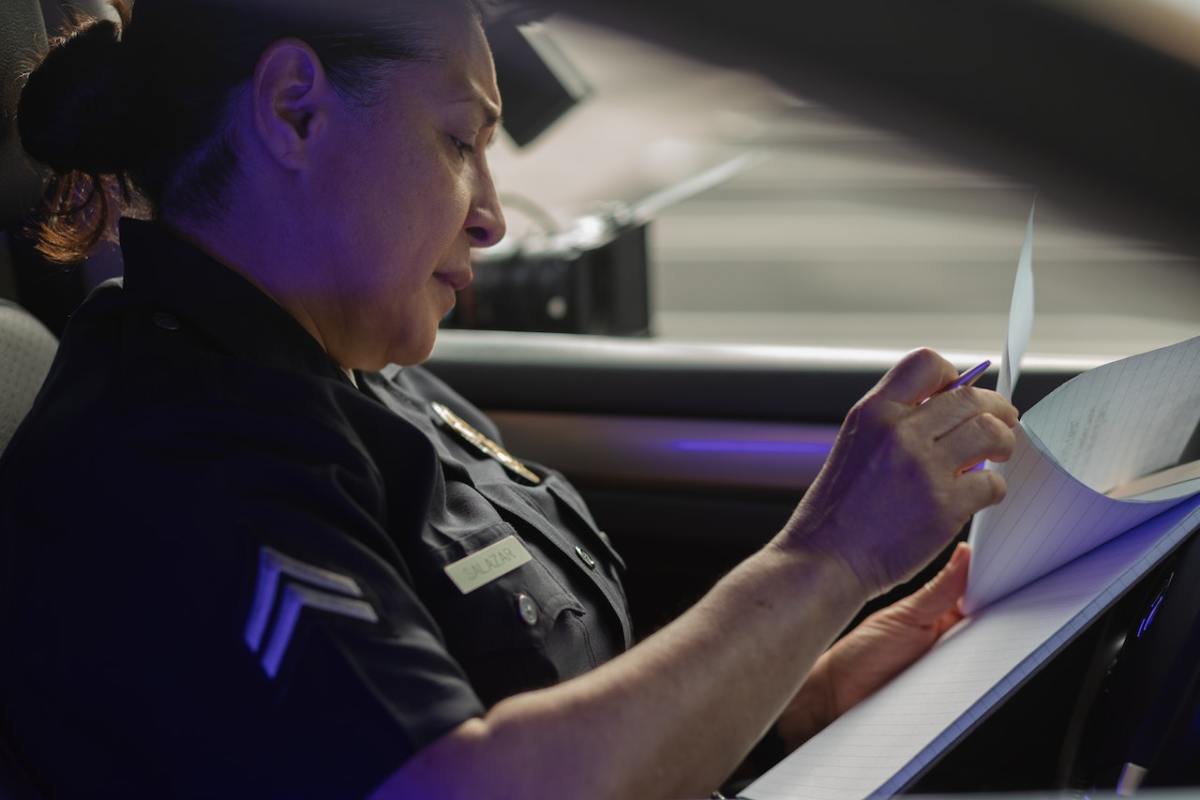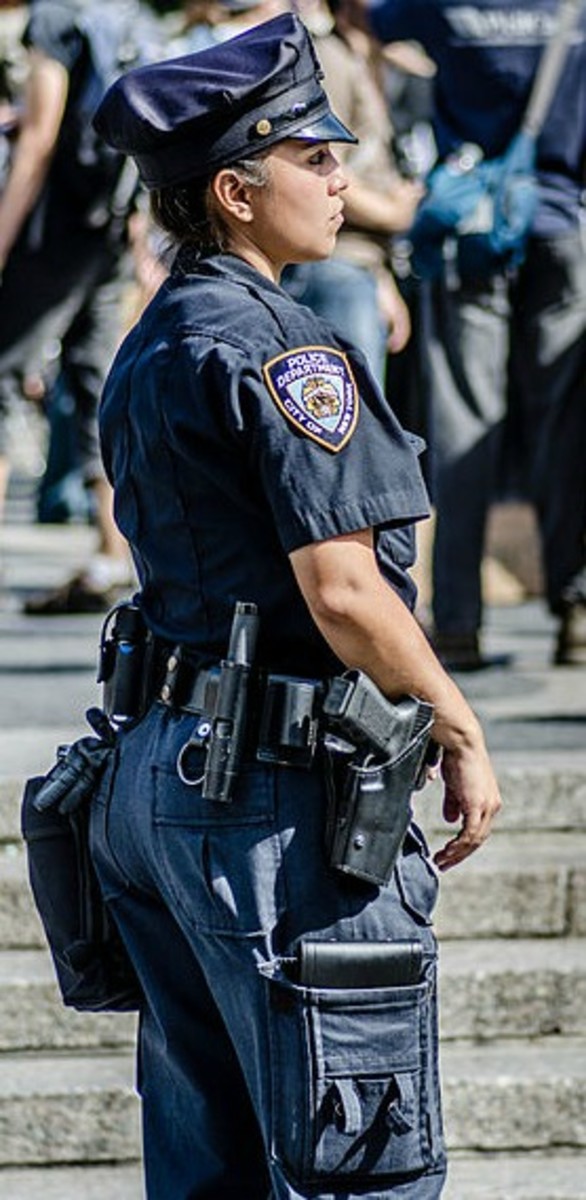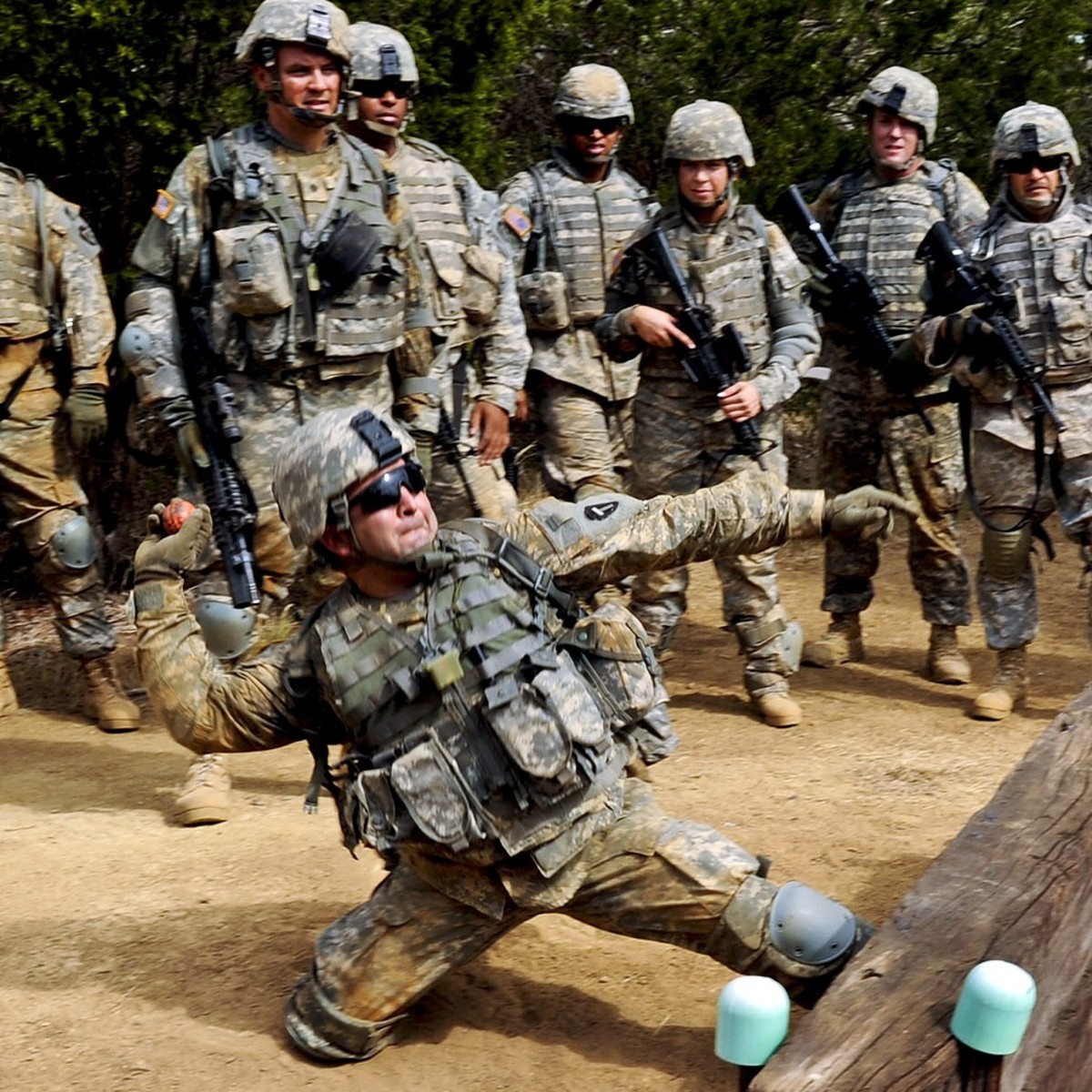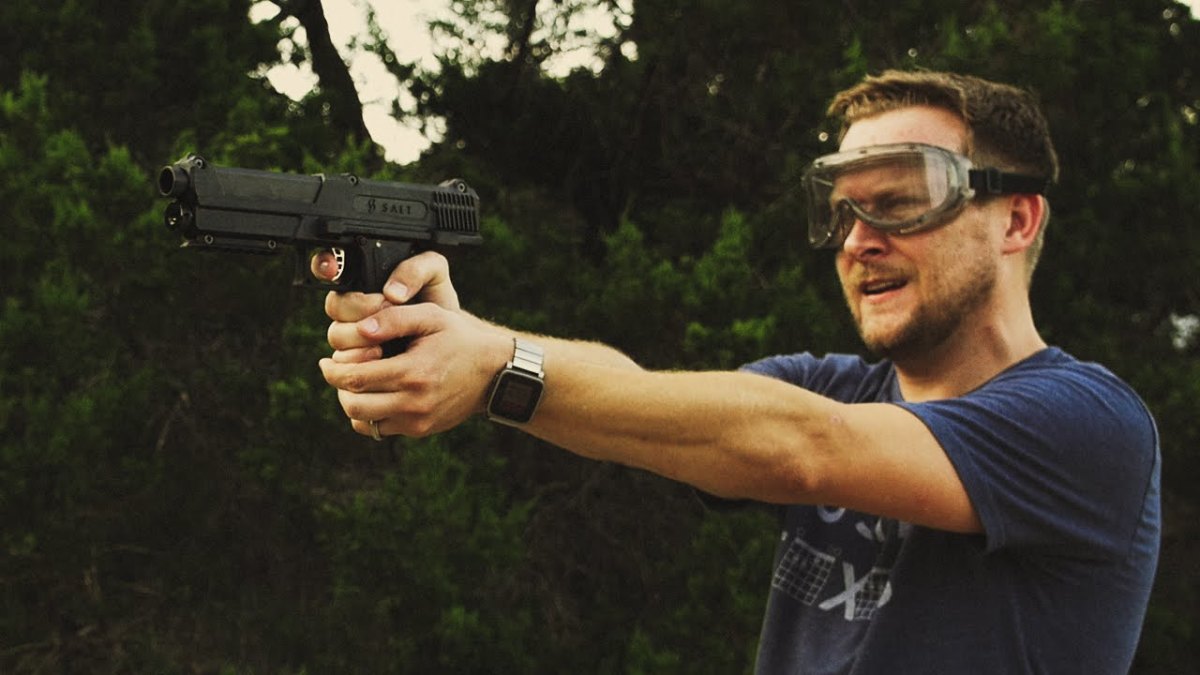Revealed: How FBI Recruits and Trains Its Agents

The Federal Bureau of Investigation (FBI) is one of the security organs created by the United States of America. Its major work involves gathering intelligence for security purposes, as well as countering terrorism related activities. In addition, the security agency is also mandated to investigate crimes related to sovereignty of American reservations and other federal crimes.
Preparation of new agents is one of the most critical missions for the Federal Bureau of Investigations. Prior to commencing FBI missions, each new recruit is expected to have commitment, skills, knowledge and intestinal fortitude that can enable him or her to investigate crimes, terrorism, and or spies. At the same time, the new agents are expected to have a sense of compassion, adhere to the U.S constitution and the laws enforced by it. The FBI academy is mandated to ensure that agents are fully prepared in all aspects in order to serve in a faithful and skillful manner. This paper compares the various elements in FBI training with those of the quasi-militarism.
Recruitment
Being accepted in the FBI academy is itself a cumbersome task. Individuals must compete with various other people in one of the most selective and rigorous processes in the country. New agents are expected to take many hours studying various aspects, both theoretically and practically. These aspects may range from investigative techniques, ethics, IT, understanding the operations of the agency and engaging in physical activities. Despite the whole training process for RBI agents being a tough one, the training is not done on an individual basis. Rather, the whole process is done through teamwork where individuals in the same class are partners in the whole process. In addition, instructors, counselors, supervisors not only challenge the students in undertaking their training activities, but also uplift them, and support the recruits. This is a different case with quasi militarism where such kind of support is not granted. Instead, learners have to work individually and are disqualified in case they are not able to accomplish the training tasks.
In accordance to U.S department of Justice, new recruits for police department are mostly trained in academies, which has a stress based military orientations. This therefore, differs with the model used in FBI training since it does not draw on the military approach. The para-militarism model in police training is designed to prepare the recruits for combat. This method differs with that of FBI where recruits are trained on how to interact with citizens, show them respect and how they can engage them in solving various problems.
An FBI agent must be a citizen of U.S or from the Northern Mariana Islands. Applicants must not be less than 23 years and not more than 37 years. However, a special waiver may be granted to eligible veterans. FBI agents are expected to have at least a bachelor’s degree and at least some years of relevant work experience. On the other hand, police officers are required to be at least 21 years old and with a high school certificate.
The Basics
In most cases, the basics in FBI training involve a range of 800 hours. These generally, include different web based courses, which focuses on four major areas: operational skills, firearm training, case exercises and academics. Further, new trainees study a wide area of subjects including behavioral science, fundamental law, report and interviewing skills and forensic science. In the FBI academy, students are trained accordingly on how deal with terrorism, cyber crimes, weapons of mass destruction and other criminal investigations. These skills are meant at making graduates well rounded in handling all criminal cases.
Similar to FBI, the para-militarism also require officers to undergo courses in criminal law, fundamental principles, investigative techniques, Firearm training and challenging physical activities. However, police training also involves extended courses such as patrol procedures, report writing, cultural diversity, defensive tactics, community policing and traffic enforcement. In addition, police recruits are also trained on ethics, leadership, how to handle emotional situations, police vehicle operations and first aid operations.
Case Exercises
For FBI, case exercises are utilized in testing the trainee’s mettle in real life contexts as well as reflecting on their field experiences. In particular, students are introduced to case scenarios which begins with a tip and ends with an arrest of subjects. The investigation is carried out in various streets, particularly in Hogan’s Alley, which is the academy’s mock town, which features actors that are hired who plays the role of terrorists and criminals. Capstone is another practical exercise which employs culturally diverse role players in intelligence and terrorism driven scenarios. Through these exercises, trainees are offered a chance of presenting evidence, which they have garnered in moot court.
All FBI agents are expected to undergo Hogan’s Alley before commencing agency’s missions. Hogan Alley is a sleepy town filled with bank robbers, Mafia thugs and other actors who are playing out criminal roles. This town consists of a movie theatre, trailer and motel homes. The scenario is set to be as realistic as possible in order to replicate real life situations. Some of these scenarios may go awry and this has made some agents to quit the academy. In essence, Hogan’s Alley is aimed at enabling trainees putting what they have learnt into practice (Rhodri, 2008).
Similarly, police training also involve field training which is an integral part in training of new recruits. In particular, police officers are exposed to the real street experience and the related situations, problems, crime incidents, and investigations. However, field training is not carried out in a particular location like that of the FBI. Nonetheless, students are expected to apply what they have taught in the classroom in real life contexts. In addition, field exposure carries off where the classroom has left.
Furthermore, field exposure for police recruits is similar to that of FBI in the sense that they are used in establishing the effectiveness of a new recruit. Moreover, it is also used as a continuation of the selection process where ineffective recruits are eliminated while effective ones are considered. The whole process is focused at improving the effectiveness and efficiency of the police. In the whole process, the recruits are assessed on a regular basis in order to ensure that a satisfactory process is being achieved. During this process, deficiencies among recruits are identified accordingly the remedies are considered. Those who complete the program effectively are taken through the next stage of probation period.
Firearms
All FBI agents are required to carry and use firearms when necessary. Trainees are essentially trained and prepared on using pistol, shotgun, or carbine issued by the agency. Among the basics in firearm training include the fundamentals firearms marksmanship. These include skills in handling weapons, and live fire training. As a matter of demonstrating proficiency, FBI trainees are required to be qualified in handling all types of weapons. Further, all trainees are expected to have qualification in carbine, pistol and shotgun alongside firing an approximation of 5,000 rounds of ammunition while in the firearm training process.
However, in the current perspective, FBI has changed its firearm training protocol to focus on close range shootings. This closeness is from three to seven yards. This move was derived -at after a study identified that over a 17 year period, more than 200 FBI agents had been involved in close range shootings. These changes were therefore, necessary in preparing these agents in encounters that may be life threatening. In particular, the new handgun course by FBI require agents to fire approximately 50 rounds where three quarters of them should be from between 15-25 yards. Moreover, agents are also required to draw their weapons from holsters which they should conceal by their blazers or jackets in replicating the conventional training that were worn by the agency’s special agent. According to FBI, the new FBI emphasis on close range shootings reflects the increasing need for law enforcement agencies across U.S.A in preparing for armed suspects in office or residential buildings, schools and other locations.
Lessons are equally crucial. Agents are taught the proper way of entering and clearing rooms when searching for potential suspects, determining when to employ excessive force and when confronting armed assailants.
For police officers, the lesson begins by introducing the recruits to the various types and names of the pistols, shotguns, and revolvers. Similar to FBI lessons, police officers are also trained on field stripping each weapon, re-assembling, and cleaning. In addition, students are also taught on lubricating their weapons in proper ways, as well as checking them for any form damage. After being certain that the recruits can handle the weapons in a safe manner, they are then taught on how to hold a revolver or pistol . Students are also shown the best means of drawing the weapons from a holster.
Much like the FBI practice, students in the police force are also taught on shooting at a close range. Here, students learn how to reload a gun while under fire. In addition, they also learn to clear their weapons from stoppages and jammed cartridges. The new trainees practice how to lift their weapons in eye level. In addition, they are also taught focusing on the weapons sight while at the same time keeping the target in the line of vision. All these exercises are meant to build the recruits stamina and strength, which is a significant attribute when they are in critical situations. The police academy also utilized real life situations in training as a critical way of preparing officers in using force incidents.
Operational Skills
FBI also teaches its agents on operational skills. These ranges from surveillance to defensive tactics, from tactical driving to physical fitness. The training on defensive tactics focuses on grappling, boxing, control holds, handcuffing, weapon retention, searching subjects and techniques of disarmament. Other operational skills given to police recruits include safe driving which is offered by the Tactical Emergency Vehicle Operations Center.
Further, trainees have to undergo more than 90 hours of practical exercises and instructions that are focused on operations planning, tactics, operations with informants and witnesses who cooperate, electronic and physical surveillance. Other skills include dissemination and development of intelligence and undercover operations. Trainees are also taught on how to conduct interview, how to undertake night or day time surveillance and how to plan and undertake an arrest. Moreover, there are real life exercises which includes kidnapping, bank robbery, an assault and dangerous arrest casts. Trainees are also required to paint their guns in testing their tactical skills.
The Virtual Reality Tactical Training which FBI developed have been playing a critical role in training of new agents. VirtSim is a three dimensional technical simulator which utilizes motion and wireless capture technology in creating a virtual 360 context. The system is capable of capturing full body motion for every learner, projecting that corresponds to hostage and aressor virtual avatar actions within the 120 virtual environment. This may include an office complex, a school, warehouse, apartment, airplane, barn and restaurant.
On the other hand, the quasi-militarism is based on either stress or non-stress models. Further, the training involves a range of variants that are drawn from both models. The general aspects of the training involves paramilitary drills, military boot camps, intense physical demands, daily inspections and public discipline. The non stress recruit training involves a relaxed collegiate or academic atmosphere which emphasizes on academic achievement, a relaxed trainee or instructor relation or administrative disciplinary procedures.
The quasi-militarism police training also emphasized on physical performance, trains officers to be loyal to their authorities and their organizations. The paramilitary type of training is aimed at instilling discipline so that the officers may be able to withstand stress and a significant increase in physical cowardice. The new trainees are taken through a 22 week period of intense and rigorous activities where a number of graduates make it through while others are forced to surrender. The drop out is also related to injuries. This form of training is depicted by managerial styles and structures, which are established alongside military lines or at least drawn from these militaristic lines. With this model, there is strict reliance and discipline where officers or trainees are trained to accept without question, the direction of his or her seniors. Further, this approach assumes that subordinates must be directed on what is expected of them.
Although the quasi-militarism has a number of advocates, it is believed among many that a more moderate approach should be a socially responsive route and prudent way to go. According to such people the use of quasi militarism is an overstatement in the connection between the military and the police.
On the contrary, FBI type of training is goal oriented, whereby, agents are prepared to handle the different challenges that they may incur out there in the field. This contradicts the quasi militarism style of training offered to police officers which are intended to make solders. Moreover, the FBI training is focused to achieve a specific objective and could be tolerated by many trainees. This is unlike the quasi form of training where very few trainees out of those who initially enrolled end up graduating.
Conclusion
From this discussion, it is clear that the quasi-militarism approach to police training is almost similar to FBI training in many aspects. However, despite the similarity of the training methods the FBI and the police, their kind of jobs are not related. While the work of police officers is to protect lives and property, FBI agents are mandated to investigate crimes, collect evidence and facts concerning possible criminal activities. In particular, both the police and FBI agents are trained on operational skills, physical training, case exercises, firearm use and legal skills. All these processes are meant to make an officer well rounded in matters relating to law enforcement and criminal investigations.
However, the use of quasi militarism in police training is a concept that need to be revaluated to ascertain its effectiveness. This is because so far, this technique has not achieved its purposes in terms of making police officers efficient in their work. What this system has done is creating police officers with military style techniques which may not be used at all in their work as police officers. In essence, police training should focus on preparing an officer to secure a free society, not to occupy the neighborhoods. Nonetheless, I do not suggest an elimination of this method in totality. What I am proposing is an integration of different approaches that takes the concerns of the public at heart.
What is particularly needed on this issue is a middle ground. We should consider that police officers are not solders and therefore, not all the “boot camp” may work, owing to the fact that the work of police officers is different with that an FBI agent for instance and hence the end result is not the same. This implies that the use of almost similar methodology in training police officers and FBI agents is a wrong strategy that would not be helpful to some groups.
Police training should be focused on enabling the officers apply intelligence and law in local contexts. Unlike the military, the police should work independently and be able to solve issues at a minimal supervision. In essence, it is a collection of practices and policies that would offer a general framework in governing the wide mission of policing in the society. On the other hand, the military dictates to its members on what to do and how it is supposed to be done. I would have to reiterate my point that the police academy should instill some form of discipline to officers, as well as applying the academic mind in learning and applying various concepts including, but not limited to law, tactics and so on.








